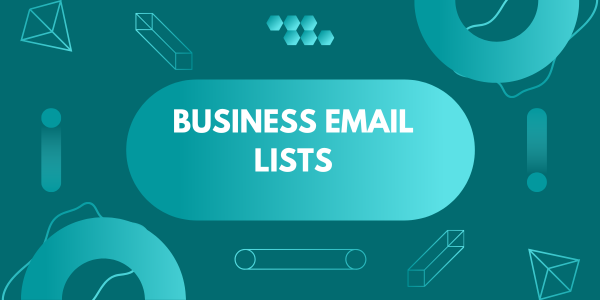How would you go about testing the effectiveness of your marketing campaigns
Verfasst: Sonntag 27. Oktober 2024, 07:01
Clearly, the first order of business is to establish very clear, measurable objectives for each of your campaigns. Your general goals are: increase awareness of your brand, drive traffic to your website, generate leads, or boost sales. You'll have to identify KPIs aligned with the objectives of your campaigns, such as click-through rates, conversion rates, or return on ad spend.
Perform A/B testing across variants of your content or ad. For example, try changing your headline, image, or call-to-action to see which works best. Run A/B tests on a controlled audience segment so the test will stay focused on specific elements.
Customer engagement and behavior can be tracked by Google Business Email Lists Analytics, social media insights, or email analytics. For instance, Google Analytics can give very detailed insights into the users of your site, showing which sources or campaigns worked best to drive traffic and conversions.
Customer surveys can also help. Post-campaign surveys are able to capture information about customer experience and brand perception, hence underpinning some qualitative insights to balance the quantitative data.

In other words, attribution modeling will show which channels are most important in a chain of events that may lead to a conversion, whether it be through last-click, linear, or time-decay models. This will give very important information about the customer journey and what sets of channels are most influential.
Lastly, calculate your campaign's return on investment by pitting the revenue or value that came from the campaign against its cost. You'll know if your campaign is worth it and can help you decide how to distribute resources for the next campaigns.
Regularly analyze and optimize these metrics to get better performance out of your campaign and make sure the most out of the marketing at hand is extracted.
Perform A/B testing across variants of your content or ad. For example, try changing your headline, image, or call-to-action to see which works best. Run A/B tests on a controlled audience segment so the test will stay focused on specific elements.
Customer engagement and behavior can be tracked by Google Business Email Lists Analytics, social media insights, or email analytics. For instance, Google Analytics can give very detailed insights into the users of your site, showing which sources or campaigns worked best to drive traffic and conversions.
Customer surveys can also help. Post-campaign surveys are able to capture information about customer experience and brand perception, hence underpinning some qualitative insights to balance the quantitative data.

In other words, attribution modeling will show which channels are most important in a chain of events that may lead to a conversion, whether it be through last-click, linear, or time-decay models. This will give very important information about the customer journey and what sets of channels are most influential.
Lastly, calculate your campaign's return on investment by pitting the revenue or value that came from the campaign against its cost. You'll know if your campaign is worth it and can help you decide how to distribute resources for the next campaigns.
Regularly analyze and optimize these metrics to get better performance out of your campaign and make sure the most out of the marketing at hand is extracted.